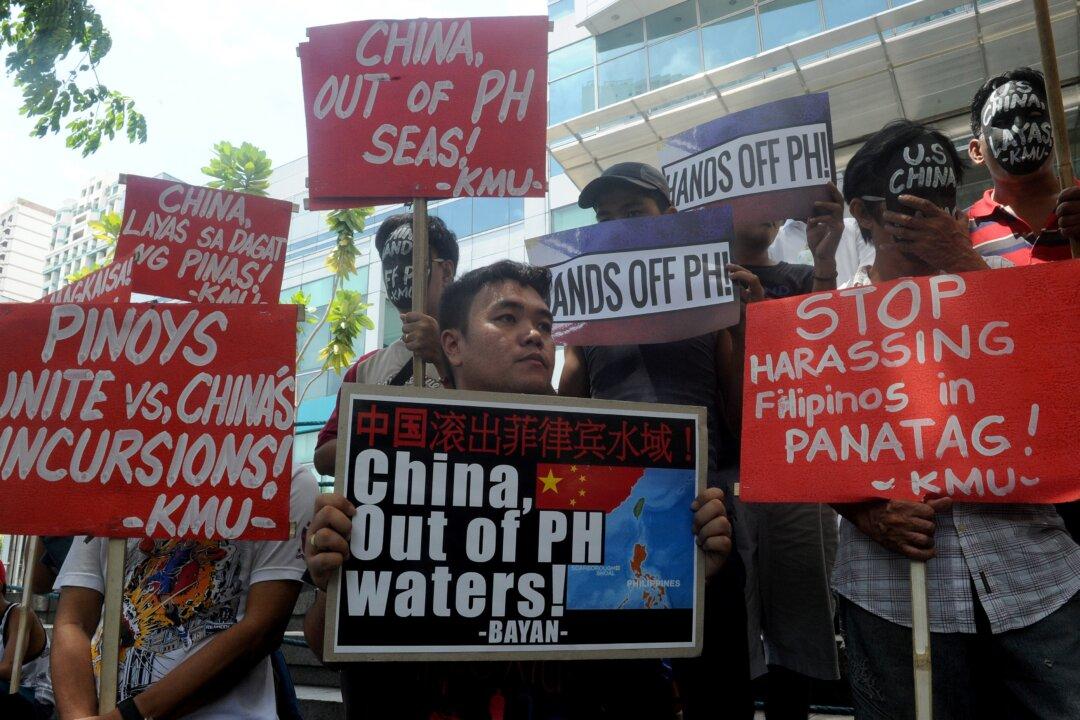An announcement by the Chinese regime on June 16 about its island building in the South China Sea is less than meets the eye. While the regime claimed its programs to build new islands in the disputed South China Sea are nearly complete, in fact it’s construction projects are merely moving into their next phase.
“This was taken as a change in policy by news outlets in the Untied States, when in reality it was not at all,” said Mira Rapp-Hooper, director of the Asia Maritime Transparency Initiative at the Center for Strategic & International Studies.
“It means they’re moving onto phase 2, which means the construction of facilities and capabilities on these islands,” Rapp-Hooper said, in a phone interview.
The Chinese Communist Party’s (CCP) announcement was a classic case of perception management. While few in the community of analysts and defense experts were fooled, several news outlets seemed to buy it.
“This statement is very much in line with what most analysts already knew,” Rapp-Hooper said.
If the CCP were making a real change, she said, “we would want to see actual changes in policy around the land features,” and as things stand now, the CCP still has dredging ships pumping sand from the sea-floor onto the man-made islands.
Playing Perceptions
Timing is important to note. The announcement came just before a Philippine lawsuit against the CCP’s land-grab was to go to trial.
“It’s just a desire by China to have the nerves calmed both in the regions and in the United States,” Rapp-Hooper said, noting China’s change in tone.
In 2013, the Philippines filed a lawsuit in the international court against the CCP, saying its claims to 90 percent of the South China Sea are invalid and violate the United Nations Convention on the Law of the Sea (UNCLOS).





